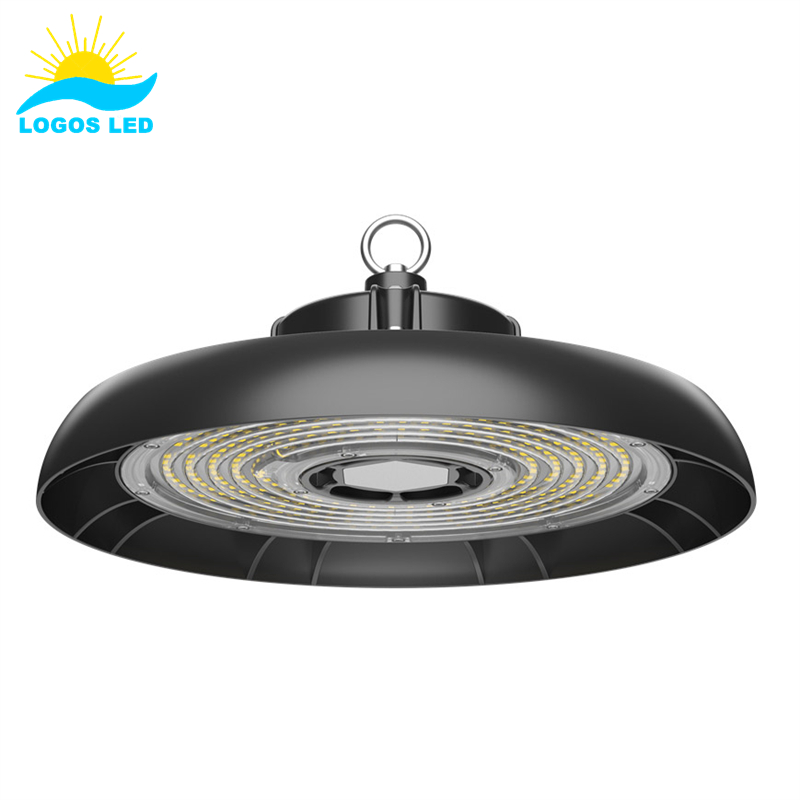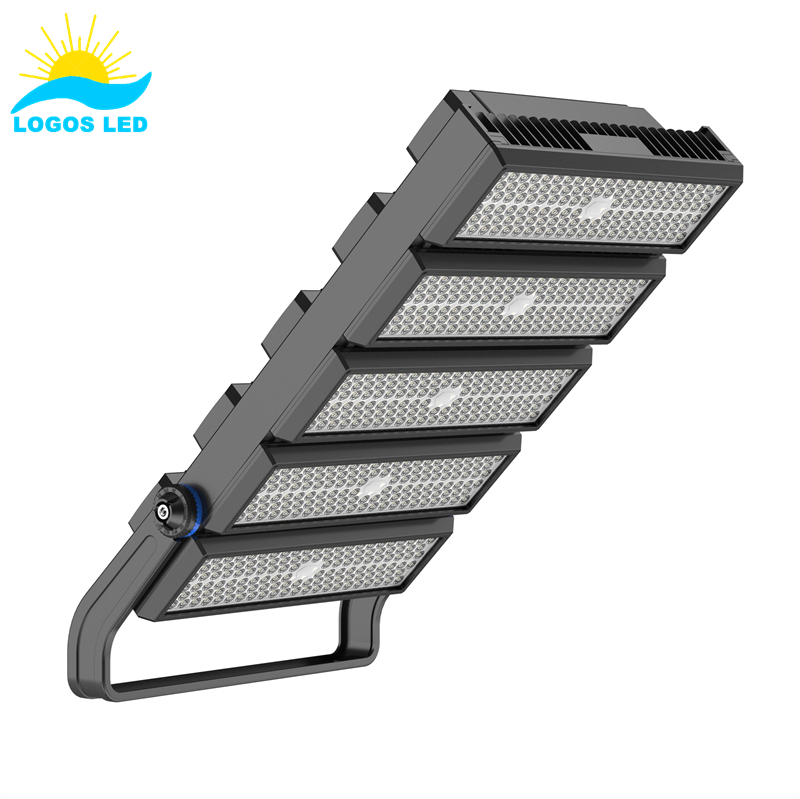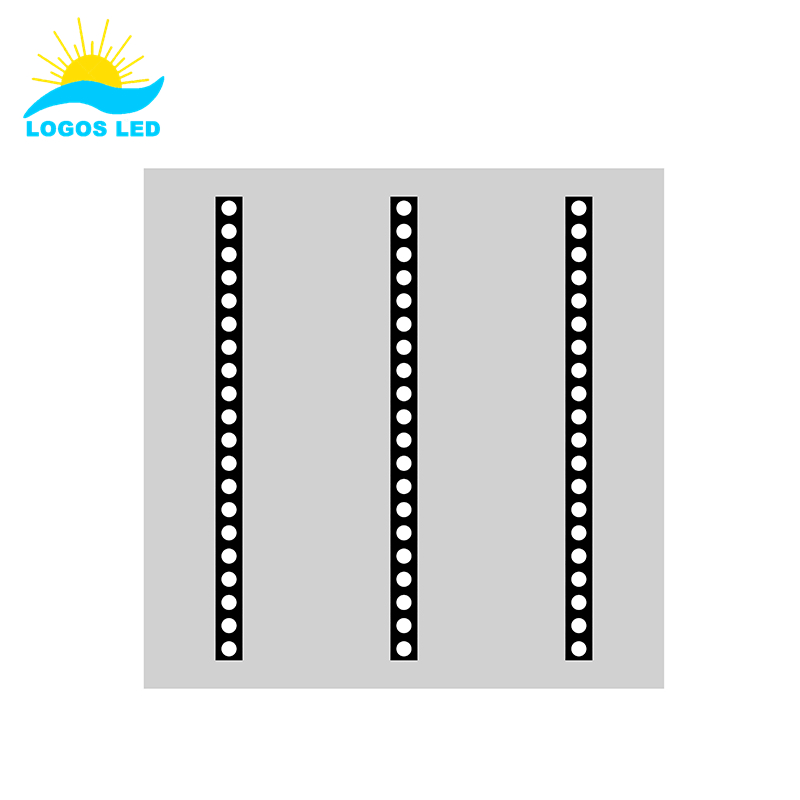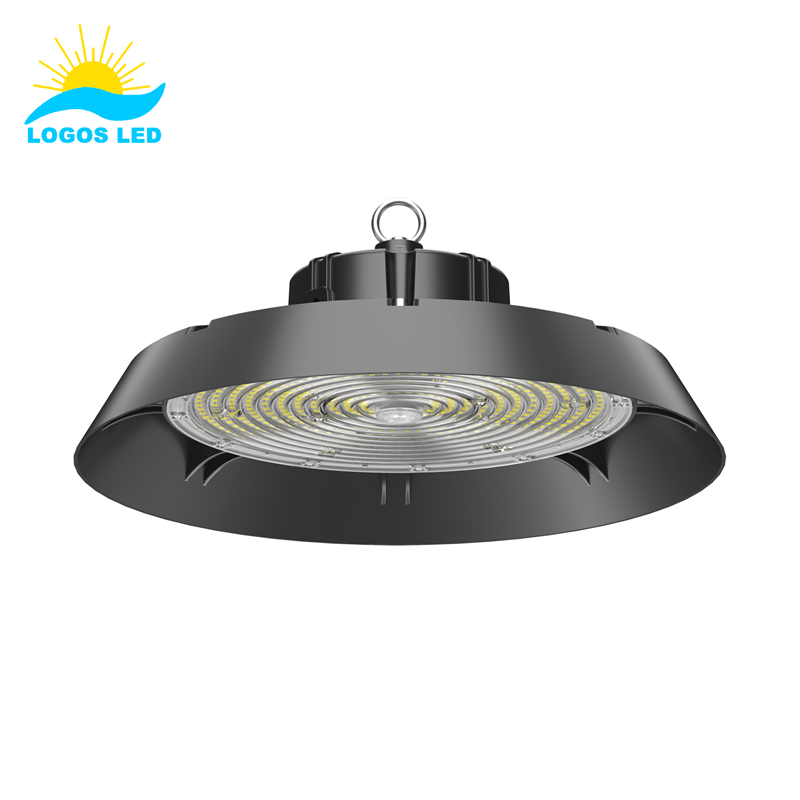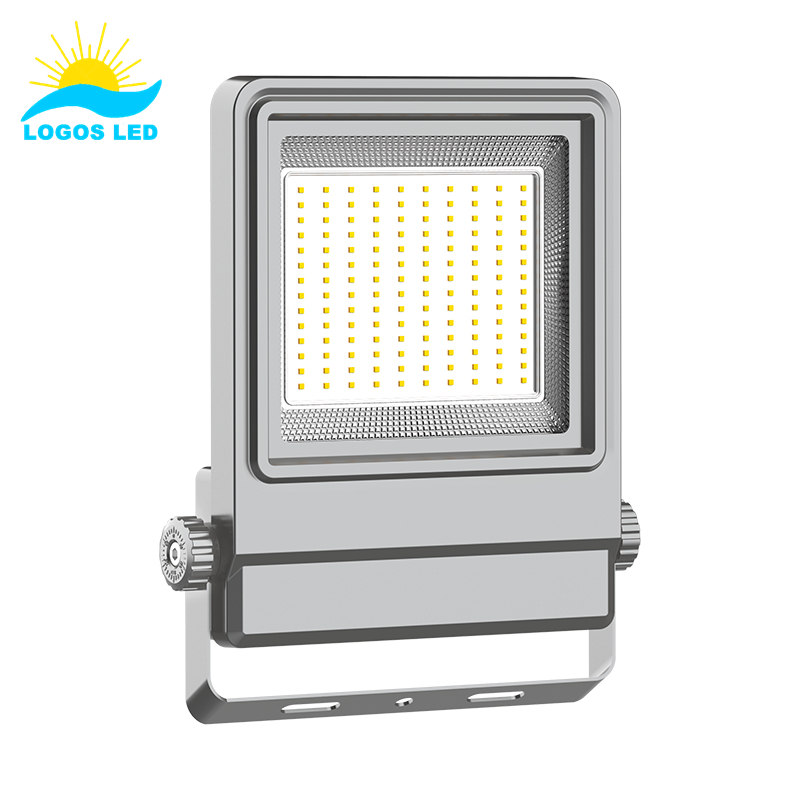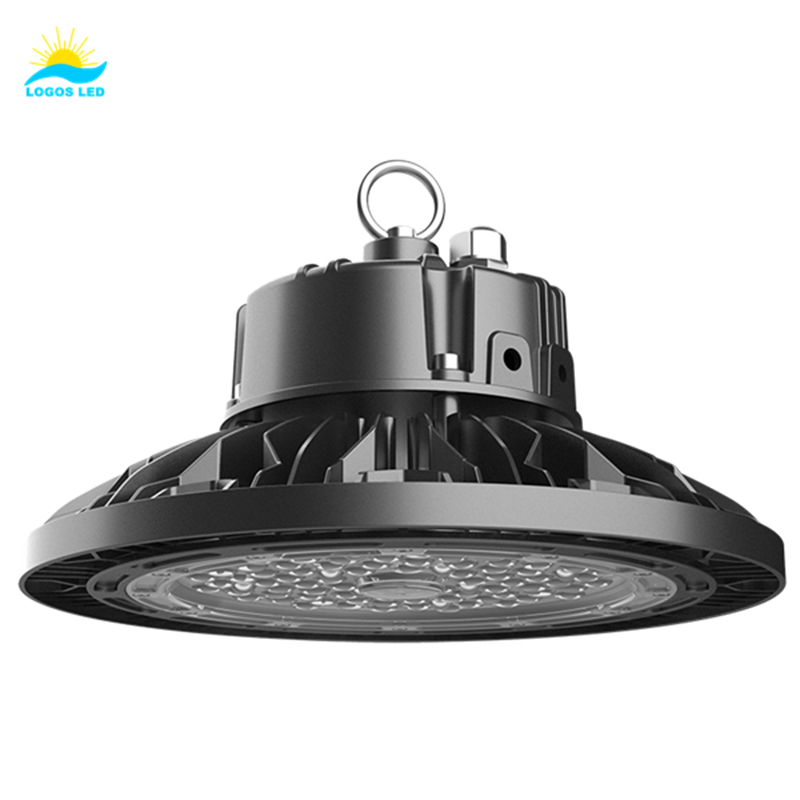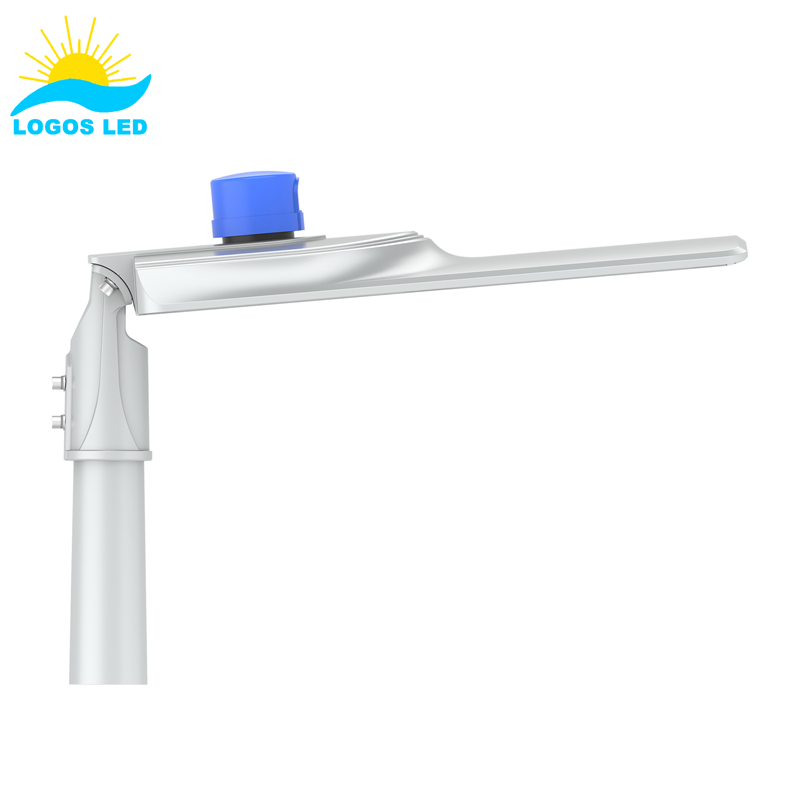Dimmable LED lights are great for creating mood lighting – whether you’re having a romantic night, watching a movie, or even playing your favorite video game.
You can use several different dimming options to dim LED Lighting.
Currently, the most commonly used LED dimming systems are: LED TRIAC dimming, LED 0 / 1-10V dimming, PWM dimming, DALI, etc. Other dimming works by controlling the output of current, voltage, and frequency to achieve the LED dimming function. Please see the detailed introduction of various dimming methods below.
Table of Contents
Phase – Triac Dimming LED Lightings
Triac dimming has been applied to incandescent and energy-saving lamp dimming methods earlier, and it is currently the most widely used dimming method for LED dimming.
Its working principle is to generate a tangential output voltage waveform after passing the input voltage waveform through the conduction angle tangent. Applying the tangential principle, the effective value of the output voltage can be reduced, thereby reducing the power of ordinary loads (resistive loads). The advantages of TRIAC dimmable LEDs are higher work efficiency and stable performance.
Analogue 0-10V / 1-10V Dimmable LED
The 1-10V system enables dimming of the luminous flux from around 1…10% to 100%. This is done by sending an analog signal to the equipment over an additional, two-wire control line. These control wires have positive and negative polarities respectively and that must be kept in mind when wiring up the system.
The power supply design has a control chip. When a 0-10V dimmer is connected, the output current of the power supply is changed through 0-10V voltage changes to reduce the light. For example, when the 0-10V dimmer is modulated to 0V, the current drops to 0. Its light brightness is also off (with a switching effect) when the 0-10V dimmer is turned up to 10V, the output current will also reach 100% of the power output, and the brightness will also be 100%. (The output voltage is not changing).
1-10V dimming principle: As explained above, only the dimmer is 1-10V: When the resistance dimmer is adjusted to a minimum of 1V, the current that changes the output is also 10%, and when it reaches 10V (adjusted to the maximum), the output The current will also reach 100% of the power output, and the brightness will also be 100%. (The output voltage is constant). Note: 1-10V has no switching function, and the lamp cannot be adjusted to the minimum shutdown effect!
The international standard, IEC 60929, defines the regulation curve. The regulation curve represents the relationship between the control line voltage and the luminous flux. It reflects a practically linear relationship in the range of 3V to 10V.
PWM Dimmable LED
The dimming system changes the on-time of the forward current through the PWM wave to turn the LED on and off to achieve the effect of brightness adjustment. This method is based on the feature that the human eye is not sensitive enough to the brightness flicker so that the load LED is bright and dark at the same time. If the frequency of light and dark exceeds 100Hz, the human eye sees the average brightness instead of the LED blinking. PWM adjusts brightness by adjusting the time ratio of light and dark. In a PWM cycle, because the human eye flickers light above 100Hz, the perceived brightness is a cumulative process, that is, the proportion of the bright time in the entire cycle The larger the human eye feels brighter. However, for some high-frequency sampling devices, such as high-frequency sampling cameras, it is possible to sample the image when the LED is dark. Therefore, this article combines analog and digital to design the LED drive circuit.
DALI and DALI 2 Dimmable LED
DALI (Digital Addressable Lighting Interface) is a lighting control interface in accordance with IEC 62386. Each DALI device can be individually addressed facilitating the installation of robust, scalable and flexible lighting networks. Products can then be configured to work alone or in groups. DALI products can also respond to broadcast commands to allow group control without complex programming is necessary. DALI is a two-way protocol such that devices can report a failure or answer a query command. Two control wires are needed for installation to carry both control data and power although the polarity of the wires does not have to be observed.
DALI 2 was first introduced in late 2014 and refers to version 2 of IEC 62386. The main thrust of this standard was to ensure all DALI controller devices are standardized for improved interoperability.
The level of dimming achievable depends on the type of control gear used typical dimming levels are 1% however 0.1% dimming capability is also available.
These are the most common systems you can use to dim LEDs. There are a lot of different dimming systems for different driver manufacturers. We are happy to discuss any smart lighting requirements you may have. If you have anything you would like to know, welcome to contact us directly.
Request A Free Quote Now!
Send us a message if you have any questions or request a quote. We will get back to you ASAP!



